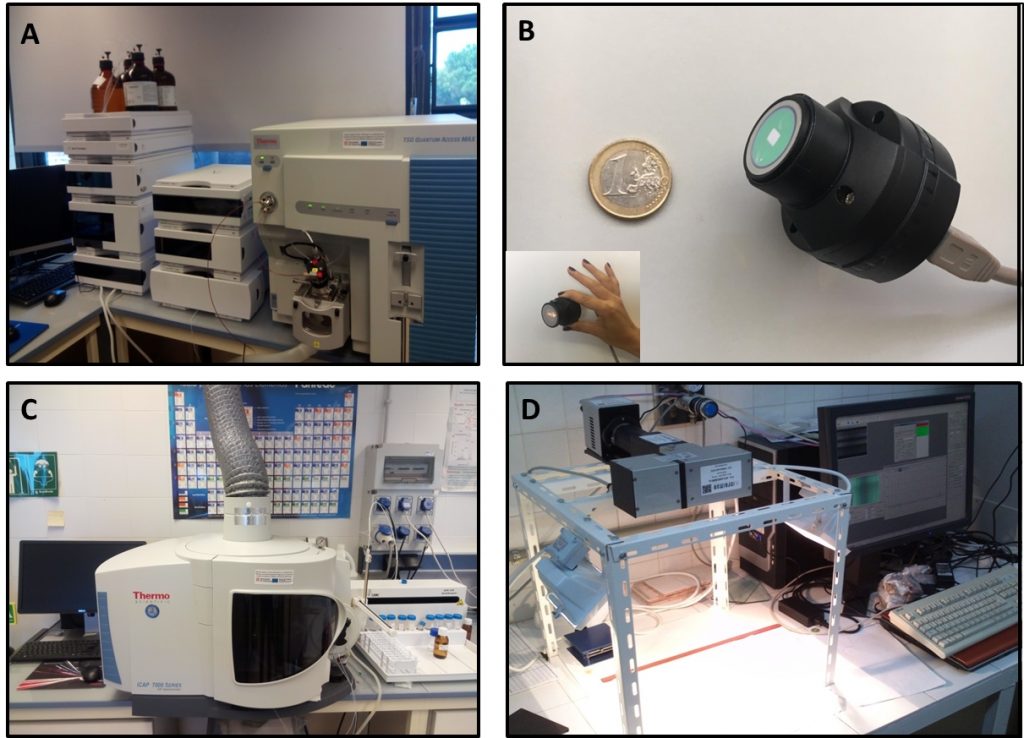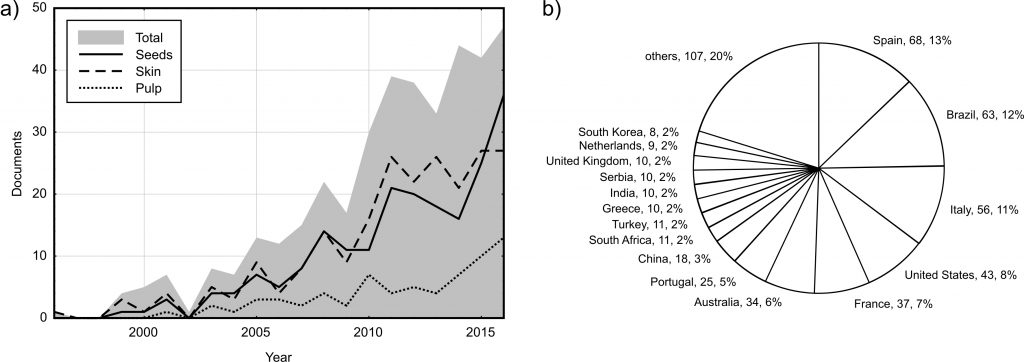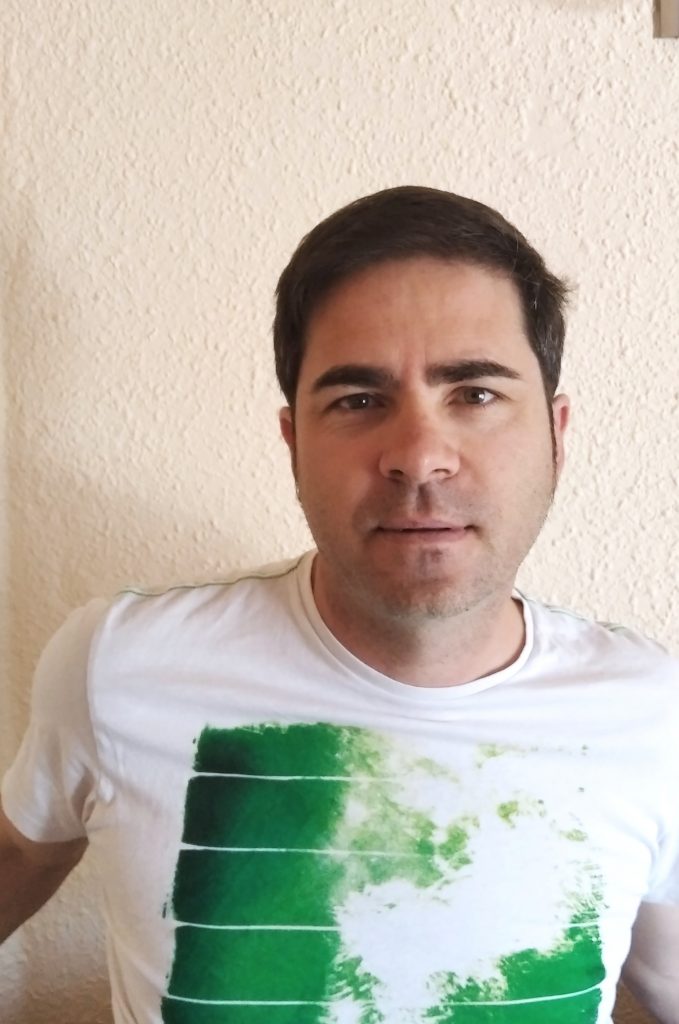By Ferrer-Gallego
Over the last years, spectroscopy has shown increasing interest in the wine science field mainly due to its potential applications. Several spectroscopic techniques, have been applied for different purposes. The improvement on the instruments, techniques and chemometric tools opens a wide range of possibilities of replacing old physical, chemical, and microbiological methods. Today, spectroscopy offers more suitable, automatic, real-time, fast, accurate, direct, and non-destructive analysis that can be successfully applied in the wine industry.
Phenolic compounds have a strong influence on the quality and authenticity of grapes, and they have been the main objective of several studies due to its importance on the structure, flavour and color of wines. These compounds have been determined along time by different instrumental techniques combining physical and chemical methodologies. Nowadays, innovative analytical systems, based on spectroscopy, have the ability to analyse complex chemical samples.
The importance and the feasibility of different vibrational spectroscopy and chemometric tools applied to grapes and wines to determine their phenolic composition, quality and authenticity is reported here. These combined methodologies provide an excellent tool for the wine discrimination, aiming at the protection of both the wine market and consumers. However, given that the chemical composition of wine is determined by a range of factors (soil type, climate, grape variety, winemaking, aging, storage, etc.), it can be seen that some studies have evaluated multiple factors, but none has considered wide range of them. Further elucidation is required on the effect of soil, climate, winemaking process, vintage, aging and storage. The failure to consider the entire range of variables is probably due to the difficulty of controlling all the parameters, which would be needed for more in-depth studies.

Furthermore, with the growing technological development in the areas of science and agriculture, many other aspects remain to be discovered (or rediscovered). In this way, the field of wine quality and traceability continues to offer an excellent opportunity for future scientific research.

See all at:
Ferrer-Gallego et al. 2020. Phenolic composition, quality and authenticity of grapes and wines by vibrational spectroscopy. Food Reviews International

Dr. Ferrer-Gallego, Oenologist, PhD, is currently working at VITEC (Spain), his research is focused in the study of the chemical composition and sensory analysis of wine. After working in national and international wine industries, in 2006 he started his scientific career at the University of Salamanca (Spain) in the Research Group of Polyphenols obtaining the PhD Extraordinary Award. The post-doctoral period was carried out at the University of Porto (Portugal) related to the interactions between polyphenols and salivary proteins (https://orcid.org/0000-0002-0301-5334). In 2012, he created ENDEMIC, a personal project to conserve the family vineyards and to elaborate pure organic wines from old vines (http://vinonaturalendemic.com/). Certainly, the relationship between grapes, wine composition and quality is his line of action in the Wine Science field.

